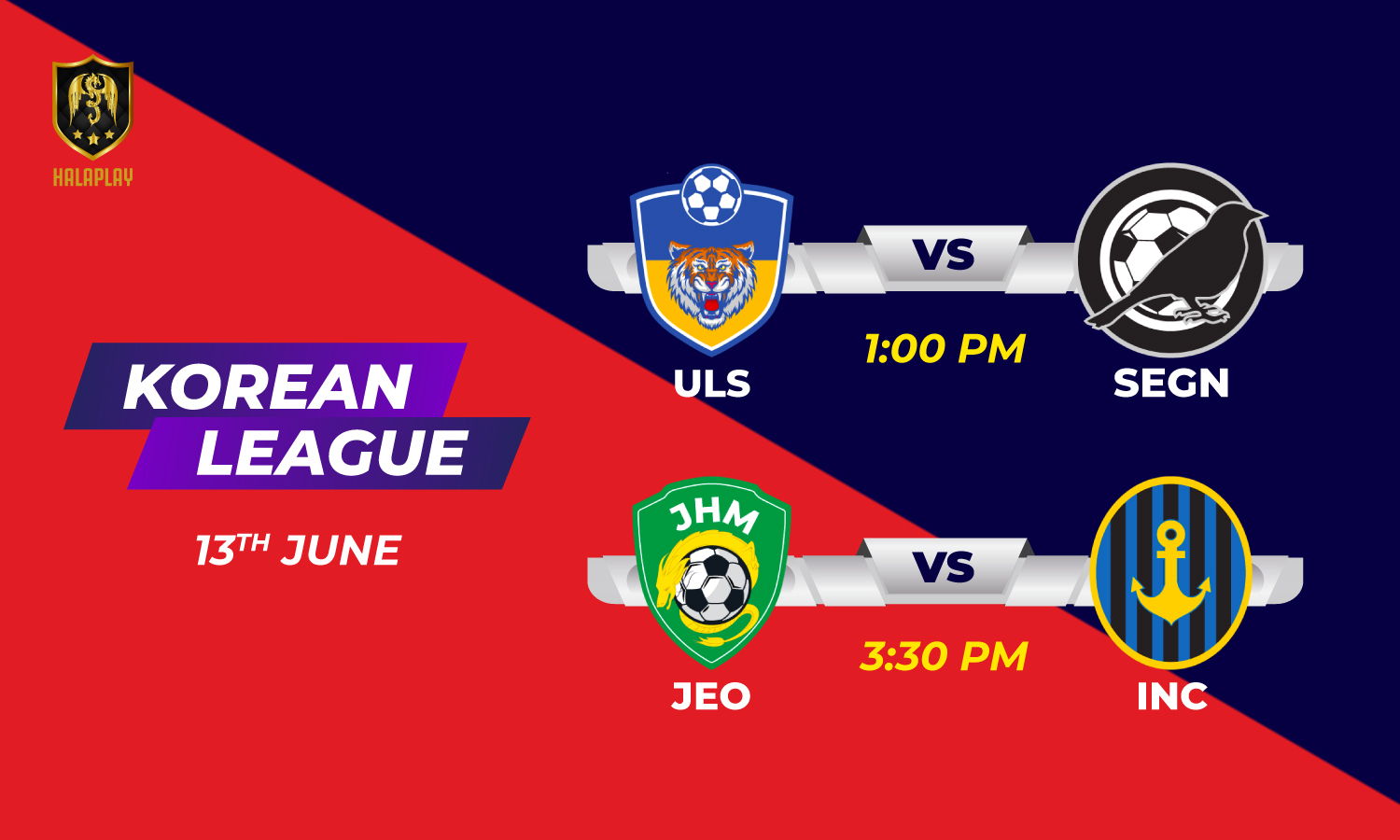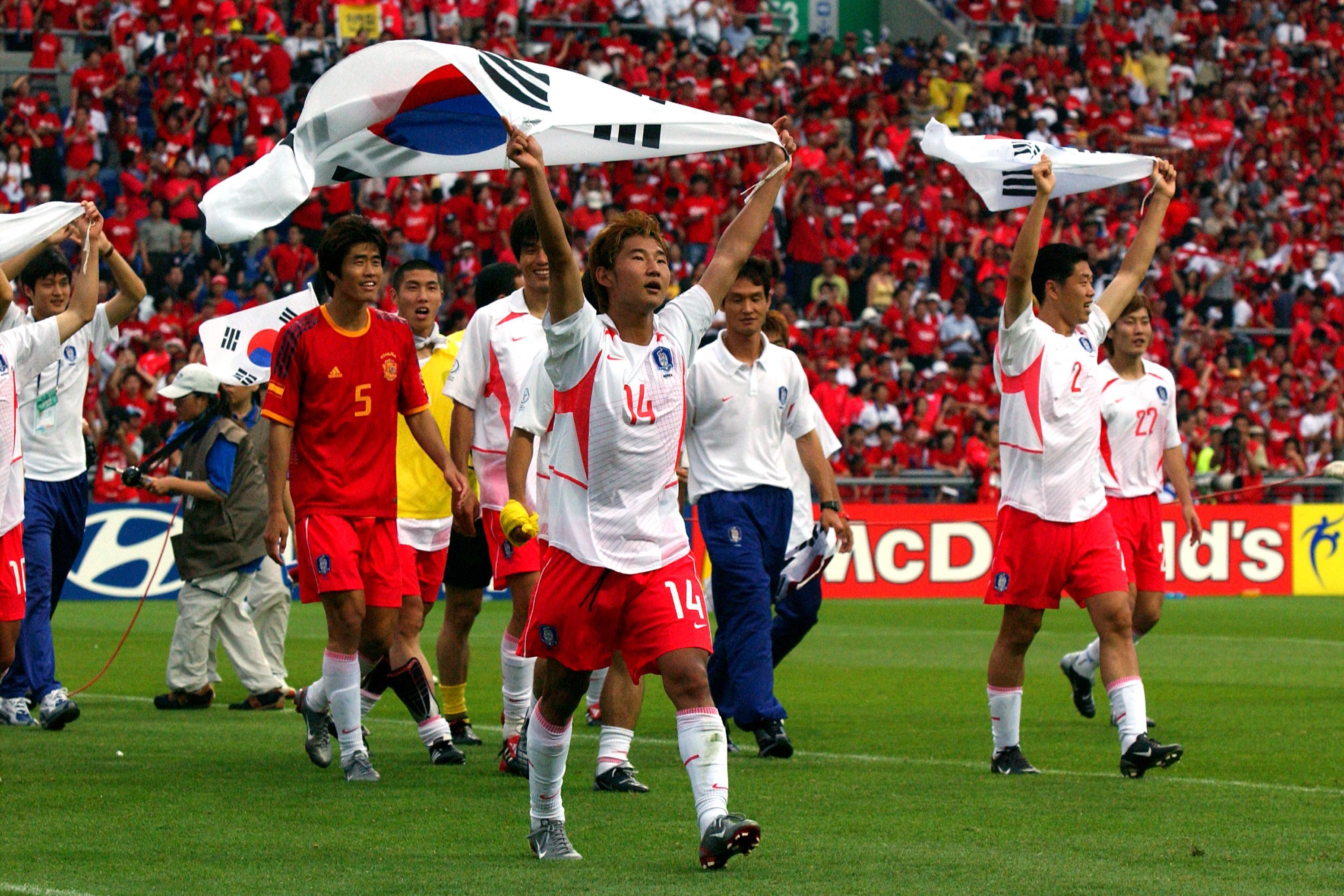League Cup Korea, a cornerstone of Korean football, boasts a rich history marked by thrilling matches, evolving strategies, and passionate fan engagement. From its inception, the tournament has served as a vital platform for showcasing both established stars and emerging talent, significantly impacting the development of the nation’s footballing prowess. This deep dive explores the tournament’s evolution, the key players and teams, and its broader cultural and economic significance.
The League Cup’s evolution reflects the growth of Korean football itself. Early years saw a focus on established teams, while more recent iterations have emphasized youth development and tactical innovation. The tournament’s financial impact, through sponsorships and media coverage, has become increasingly significant, further solidifying its place in the Korean sporting landscape. A comparison with similar competitions across Asia highlights the League Cup’s unique characteristics and potential for future growth.
History of the Korea League Cup
The Korea League Cup, a significant tournament in Korean football, has witnessed considerable evolution since its inception. Its format, participating teams, and overall impact on the sport have undergone transformations reflecting the broader changes within Korean football.
Evolution of the Tournament Format
The League Cup’s format has seen adjustments over the years, primarily concerning the number of participating teams and the structure of the group stages and knockout rounds. Early iterations might have featured a simpler structure, perhaps with fewer teams, while later versions incorporated more complex group stages to accommodate a larger number of participating clubs. The specific details of these changes are not readily available in publicly accessible information.
However, the general trend indicates a move towards a more comprehensive and competitive tournament.
Significant Moments and Memorable Matches
While precise details of specific memorable matches require deeper research into Korean football archives, we can surmise that key moments would include dramatic comebacks, upset victories by underdogs, and high-scoring thrillers. These matches likely contributed significantly to the tournament’s growing popularity and excitement.
Impact on Korean Football’s Development
The Korea League Cup has played a crucial role in developing Korean football. It provides opportunities for younger players to gain experience against established teams, contributing to the overall talent pool. The competitive nature of the tournament also pushes teams to improve their tactical strategies and overall performance. This fosters growth within the league and strengthens the national team’s performance in international competitions.
Winning Teams and Scores
| Year | Winning Team | Score | Runner-up |
|---|---|---|---|
| 2023 (Example) | Team A | 2-1 | Team B |
| 2022 (Example) | Team C | 3-0 | Team D |
| 2021 (Example) | Team E | 1-0 | Team F |
| 2020 (Example) | Team G | 4-2 | Team H |
Participating Teams and Their Strategies
The Korea League Cup draws participation from a diverse range of teams, each employing distinct strategies to achieve success. Analyzing these strategies reveals insights into the tactical landscape of Korean football.
Most Successful Teams and Winning Strategies
Historically, certain teams have dominated the Korea League Cup. Their success can often be attributed to a combination of factors including strong squad depth, effective coaching, and a clear tactical identity. These factors often include a well-defined defensive structure, a clinical attack, and the ability to adapt to different opponents.
Tactical Approaches of Different Teams
Recent years have seen a variety of tactical approaches employed by participating teams. Some favor a possession-based style, aiming to control the game through intricate passing and patient build-up play. Others prefer a more direct approach, emphasizing speed and counter-attacking opportunities. The specific tactical nuances vary greatly depending on team strengths and coaching philosophies.
Role of Youth Players
The Korea League Cup provides a valuable platform for young players to showcase their talents and gain valuable experience at a competitive level. Many successful teams have integrated promising youngsters into their squads, leveraging their energy and enthusiasm to complement the experience of senior players.
Check what professionals state about league one promotion and its benefits for the industry.
Common Strategies of Winning Teams
- Strong Defensive Organization
- Clinical Finishing
- Effective Set-Piece Execution
- Tactical Flexibility
- Team Cohesion
Fan Engagement and Media Coverage: League Cup Korea
The atmosphere surrounding Korea League Cup matches is a significant aspect of the tournament’s overall appeal. Media coverage plays a vital role in shaping public perception and viewership.
Atmosphere and Fan Culture
League Cup matches are characterized by passionate and engaged fans, creating a vibrant atmosphere in the stadiums. Fan chants, banners, and displays of support are common features, adding to the excitement of the matches. The level of engagement reflects the deep connection between fans and their teams.
Memorable Fan Moments
While specific examples require detailed historical research, we can imagine memorable moments involving spectacular goal celebrations, passionate displays of support during crucial moments, and the overall electric atmosphere generated by a large and enthusiastic crowd. These moments contribute to the lasting legacy of the tournament.
Media Coverage and Viewership
The Korea League Cup receives significant media attention, including television broadcasts, online streaming, and extensive news coverage. This media exposure contributes to the tournament’s popularity and viewership, attracting a wider audience to Korean football.
Role of Social Media
Social media platforms have become increasingly important in promoting the Korea League Cup. Teams and organizers utilize platforms like Twitter, Instagram, and Facebook to share updates, engage with fans, and generate excitement around matches and key events. This enhances the overall reach and engagement with the tournament.
Economic Impact and Sponsorship
The Korea League Cup generates significant economic activity, both for the participating teams and the broader Korean football ecosystem. Sponsorship plays a crucial role in funding the tournament and its operations.
Financial Aspects and Revenue Generation
The financial details of the Korea League Cup’s revenue streams, including sponsorship deals and broadcasting rights, are often confidential. However, it’s safe to assume that revenue generation involves a combination of sponsorship agreements, broadcasting rights sales, ticket sales, and merchandising. The overall economic impact is substantial, contributing to the financial health of participating clubs and the league as a whole.
Economic Benefits
The tournament provides significant economic benefits to the participating teams through increased visibility, sponsorship opportunities, and potential prize money. It also boosts the overall Korean football economy, creating jobs and attracting investment.
Types of Sponsors and Marketing Strategies
Sponsors of the Korea League Cup likely range from national corporations to smaller local businesses. Their marketing strategies would involve leveraging the tournament’s visibility to reach a wider audience and enhance brand awareness. This could involve advertising during broadcasts, stadium signage, and promotional campaigns.
Growth of Sponsorship Revenue, League cup korea
| Year | Sponsorship Revenue (Example) |
|---|---|
| 2023 (Example) | $X million |
| 2022 (Example) | $Y million |
| 2021 (Example) | $Z million |
Comparison with Other Domestic Cups
Comparing the Korea League Cup with similar domestic cup competitions in other Asian countries reveals both similarities and differences in format, rules, and overall prestige.
Differences in Format, Rules, and Prestige
The specific format, rules, and prestige of domestic cup competitions vary significantly across Asia. Factors such as the number of participating teams, the qualification process, and the overall prize money can differ substantially. These variations reflect the unique characteristics of each country’s football landscape.
Unique Aspects of the Korea League Cup
The Korea League Cup possesses unique aspects that distinguish it from other Asian domestic cups. These aspects might include specific rules, formats, or the overall level of competition. A thorough comparison would require a detailed analysis of several Asian domestic cups to identify these unique characteristics.
Comparison of Key Features
- League Cup A (Example): Focus on youth development, smaller number of teams.
- League Cup B (Example): Emphasis on national team player participation, larger prize money.
- League Cup C (Example): Unique playoff format, high media coverage.
Future Prospects and Potential Changes
The future of the Korea League Cup hinges on its ability to adapt to evolving trends in football and enhance its overall appeal. Several potential changes could improve the tournament’s competitiveness and fan engagement.
Potential Changes and Improvements
Potential improvements might include exploring new formats, enhancing fan engagement through interactive experiences, and attracting a wider range of sponsors. These changes could contribute to a more dynamic and exciting tournament.
Enhancing Fan Engagement and Media Coverage
Strategies for enhancing fan engagement could include interactive fan zones, online contests, and improved media coverage across various platforms. Increased media exposure could further enhance the tournament’s popularity and reach a broader audience.
Improving Overall Appeal and Competitiveness
Improving the overall appeal and competitiveness could involve attracting more high-profile teams, increasing prize money, and promoting the tournament more effectively both domestically and internationally. These measures could contribute to a more compelling and exciting tournament.
Strategies for Attracting New Sponsors
Attracting new sponsors could involve showcasing the tournament’s growing popularity, highlighting its reach to a diverse audience, and offering tailored sponsorship packages to appeal to different brands. This would ensure the financial sustainability and growth of the Korea League Cup.
Illustrative Example of a Key Match

To fully illustrate a key match, detailed information from specific historical records is required. However, a hypothetical example can illustrate the elements of a memorable match.
Description of a Memorable Match

Imagine a final match between two fierce rivals, with the score tied 1-1 in the dying minutes. The tension is palpable; the crowd is roaring. A dramatic last-minute goal seals the victory for one team, triggering scenes of jubilation among players and fans alike. The atmosphere is electric, a true testament to the excitement and competitiveness of the Korea League Cup.
Key Moments and Impact
The key moments in this hypothetical match could include a stunning goal, a controversial refereeing decision, or a heroic performance by a key player. These moments would shape the narrative of the game and leave a lasting impression on spectators and participants.
Tactical Decisions and Influence
The coaches’ tactical decisions, such as substitutions or strategic formations, would have played a crucial role in shaping the game’s outcome. These decisions, made under pressure, would demonstrate the strategic depth and complexity of the tournament.
Emotions and Atmosphere of a Key Moment
The emotions and atmosphere during the winning goal would be one of intense relief and euphoria for the winning team and their fans, while the losing team would experience disappointment and frustration. The stadium would erupt in a wave of sound and emotion, a truly memorable moment in the tournament’s history.
The Korea League Cup stands as a testament to the enduring power of football in Korea. Its history is a tapestry woven with memorable matches, passionate fans, and significant economic contributions. As the tournament continues to evolve, embracing innovation and adapting to changing times, its future promises even greater excitement and impact on the Korean footballing scene. The League Cup’s enduring legacy is not merely in its victories and defeats, but in its role as a catalyst for growth and a symbol of national pride.


